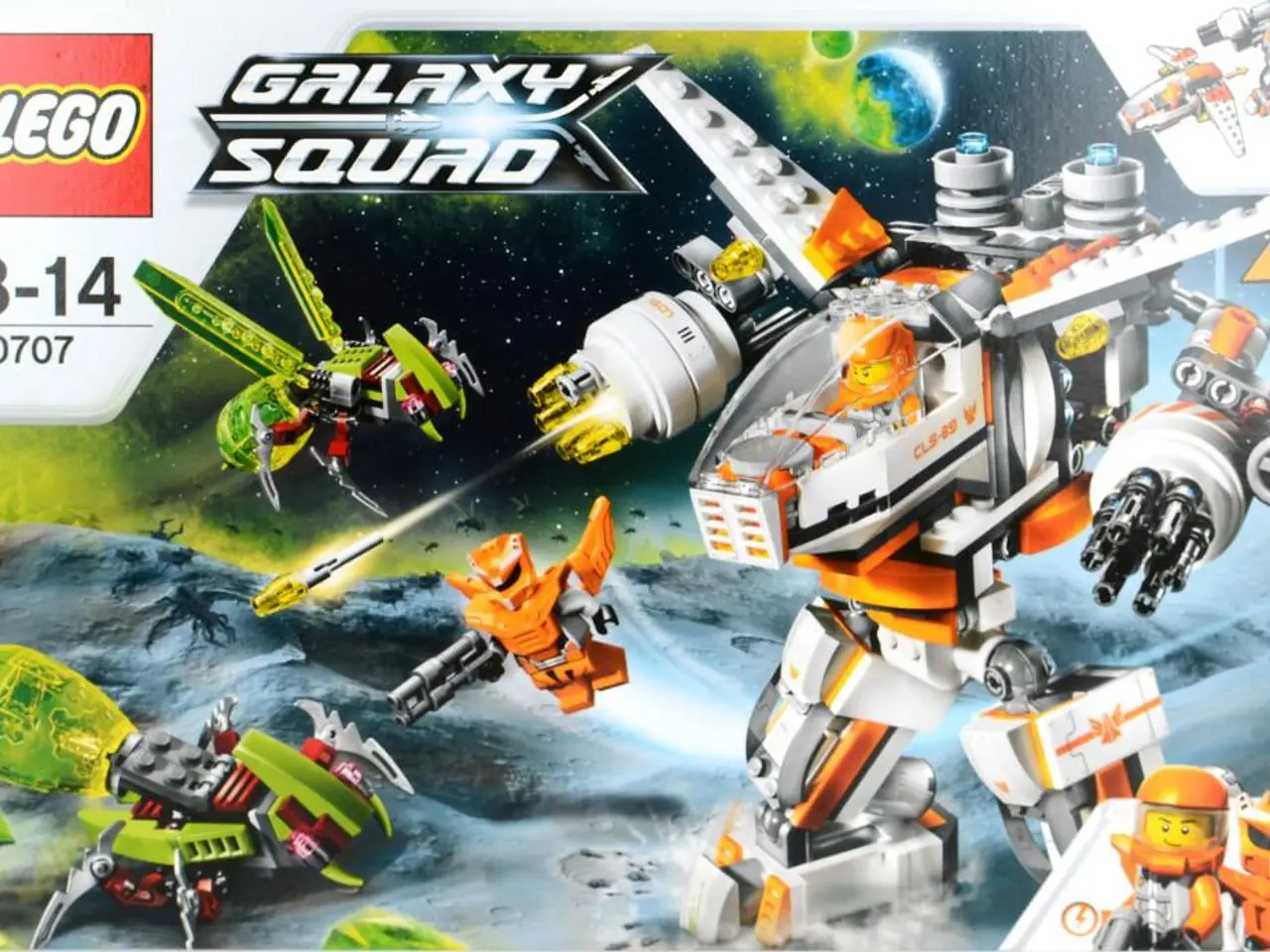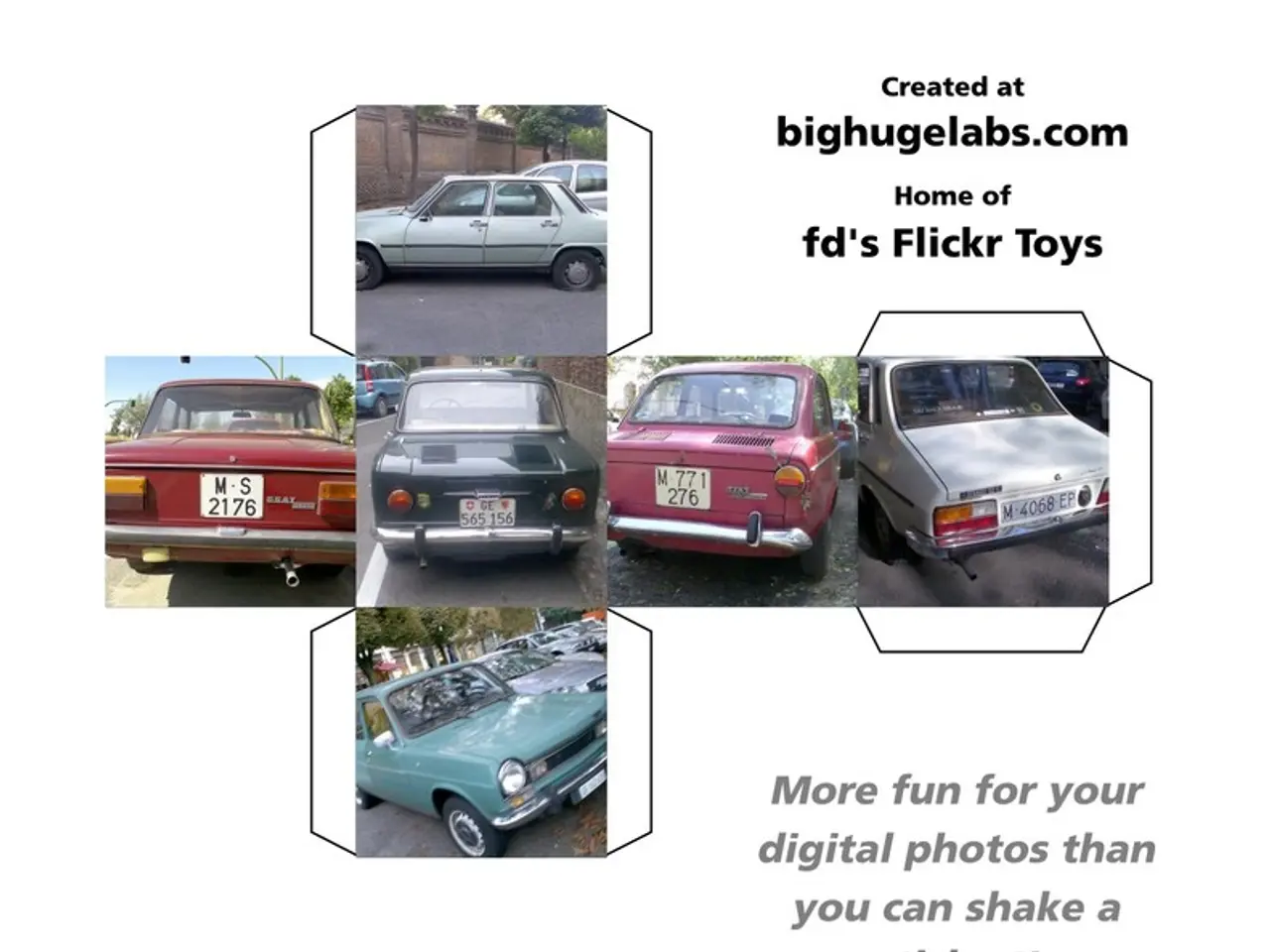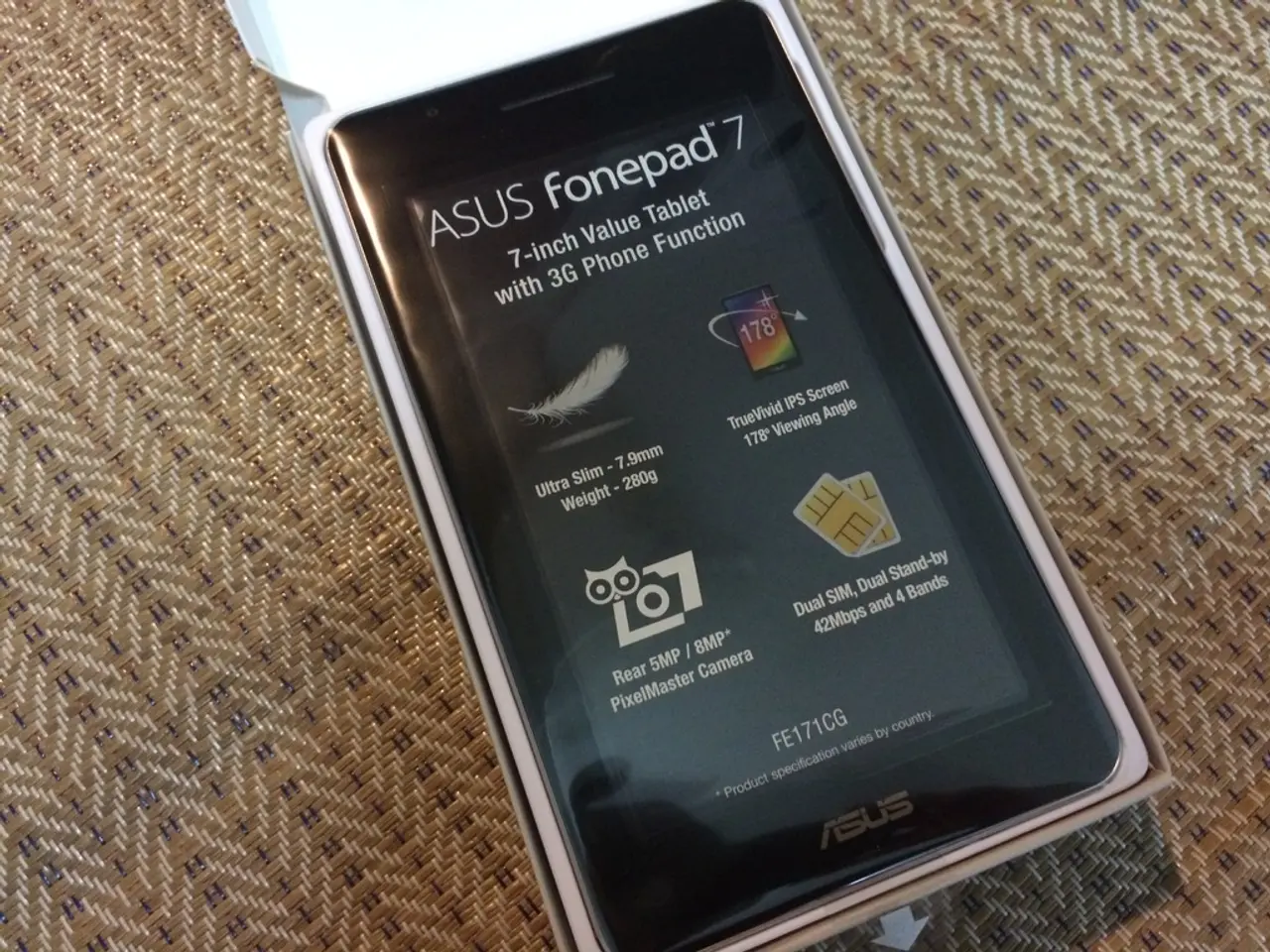AI Design Software Competitors and Related Tools
In the realm of graphic design, the debate between AI-powered tools and human designers continues to rage. Each has its unique strengths and weaknesses, making them suitable for different projects and purposes.
Speed is one area where AI design software truly shines. These tools can generate images and design assets extremely quickly, often within seconds to minutes. They automate tasks such as background removal, color correction, and bulk image editing, reducing production time significantly. This rapid processing is particularly beneficial for large volumes of work or routine edits[3]. AI systems can also automate repetitive design tasks, allowing faster iteration from concept to final asset[5].
However, AI-generated designs rely on learned data and patterns, which may limit creativity and true originality. AI struggles with unpredictable or highly novel ideas and often produces outputs that mimic existing styles or blend established aesthetics[1][5]. While AI tools can offer varied styles and quick generation of design concepts, they may not fully match the creative insight and nuanced innovation that human designers bring.
Human designers excel in crafting emotional resonance and storytelling through design. They can intuitively understand context, narrative, and audience psychology, creating designs that evoke emotion and tell brand stories effectively[3]. Emotional nuance, cultural sensitivity, and collaborative feedback are strengths of human creators, often difficult for AI to replicate consistently.
| Criterion | AI Graphic Design Software | Human Graphic Designers | |-----------------|-------------------------------------------------|----------------------------------------------| | Speed | Very fast generation and bulk processing | Slower due to creative and iterative process | | Originality | Limited by training data and algorithms; risk of repetitive styles | High creativity and innovation, tailored originality | | Emotional Appeal | Can lack emotional depth and subtlety | Strong ability to convey emotion and brand story |
Choosing between AI and human designers depends on project priorities such as turnaround time versus creative uniqueness and emotional depth. For businesses seeking a speed advantage and automation benefits, AI design tools are an attractive option. However, for projects requiring originality and emotional appeal, human designers remain the preferred choice.
AI graphic design software is seeing an upward trend, capable of generating logos, social media posts, and mockups. Tools like Designs.AI, Autodraw, Adobe Creative Cloud Express, Canva, Visme, and Simplified are popular choices. DIY graphic design software, on the other hand, allows users to create designs from scratch using templates, access to images, and customization of visuals.
It is essential to note that AI graphic design software may not always generate the envisioned design, requiring editing or enhancement by a graphic designer. Moreover, there can be copyright issues with AI-generated designs, making it crucial to consult legal experts before using them commercially.
Our website pairs users with the best designer for their project, ensuring a design they will love. Users can submit a design brief and book a demo on the website. Whether you opt for AI or human designers, our platform guarantees a seamless and enjoyable design experience.
- AI graphic design software, while capable of generating logos, social media posts, and mockups, may struggle with originality as its designs are heavily influenced by learned data and patterns.
- Human graphic designers excel at crafting emotional resonance and storytelling through their designs, offering a strong ability to convey emotions and brand stories effectively.
- When it comes to illustration and branding, technology enables AI tools for designing a variety of assets, but human designers often bring a higher level of creativity, originality, and nuance to these projects.




